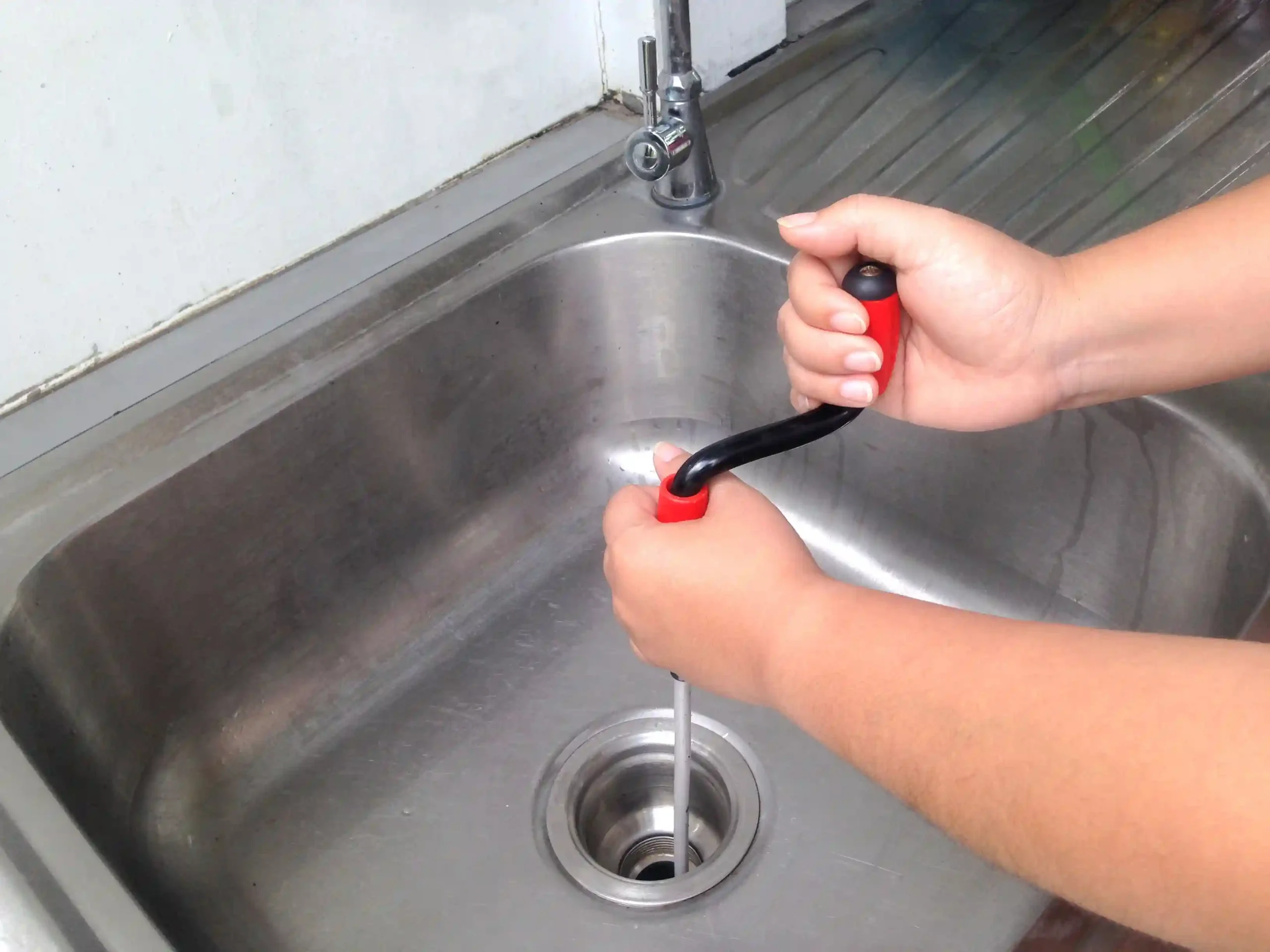Emergency Drain Cleaning: What to Do When Your Drains Are Completely Blocked
Blocked drains are more than a minor inconvenience; if not addressed promptly, they can disrupt your daily life and lead to costly repairs. Imagine coming home after a long day only to find your sink overflowing or your shower refusing to work. It’s frustrating, to say the least. Understanding the nature of drain blockages and managing them is crucial for every homeowner.
The Importance of Maintaining Clear Drains
Maintaining clear pipes is critical for the health and efficiency of your plumbing system. When water flows freely, it prevents the accumulation of stagnant water, which can produce foul odors and support mold and bacteria growth. These conditions threaten indoor air quality and pose serious health risks to your family.
Blocked pipes can also cause extensive water damage. If left unresolved, overflowing water can destroy flooring, weaken drywall, and even lead to structural issues. In extreme cases, neglected blockages can cause sewage backups, exposing your home to biohazards and expensive repairs. Regular pipe maintenance is not an option; it’s a key aspect of responsible homeownership.
Recommended reading: Different types of drains in your home
Understanding Drain Blockages
Understanding what causes blockages helps you take more effective action. Blockages generally fall into two categories: organic and inorganic.
Organic blockages result from substances that naturally accumulate in pipes. Hair, grease, food particles, and soap scum are the main culprits. Hair tends to clump and combine with soap residue in bathroom drains, while kitchen drains often suffer from hardened grease and food scraps. These organic materials slowly reduce the pipe diameter until water flow is nearly impossible.
Inorganic blockages, on the other hand, involve materials that should never enter your plumbing system. These include sanitary products, plastic items, or small toys that accidentally flush down the toilet. Tree roots also fall into this category. Roots naturally seek out moisture and can grow into tiny cracks in underground pipes. Over time, they expand inside the line, obstructing flow and often breaking the pipe.
Recognizing the Signs of a Blocked Drain
The sooner you spot a blockage, the easier it is to fix. The first sign is slow drainage. A partial clog will likely form if water lingers longer than usual in your sinks, bathtubs, or showers. Left alone, it can worsen and eventually block the pipe completely.
Next, listen for gurgling sounds when draining water or flushing toilets. These noises happen when air bubbles are trapped behind a blockage. Odor is another key indicator. A rotten smell from the pipe usually indicates a buildup of decomposing organic matter. In severe cases, the odor may spread through multiple rooms, pointing to a blockage deep in the main line.
Emergency Response Steps for Blocked Drains
When you discover a blocked pipe, acting quickly and methodically can help prevent long-term damage. Follow these key steps in sequence:
1. Assess the Severity of the Blockage
Start by determining whether the issue is isolated to a single fixture or affecting multiple drains. If it’s just one sink or toilet, the blockage may be close to the surface. If several drains are clogged simultaneously, the issue is likely deeper, possibly in the main sewer line, and will require urgent attention.
Look around the affected area. Water pooling on the floor, leaks, or damp spots around baseboards may indicate overflow or pipe damage. These signs should be treated as urgent, especially if wastewater is involved.
2. Gather the Necessary Tools
Ensure you have the right tools to clear the pipe safely. A plunger is your first line of defense—choose a cup plunger for flat surfaces like sinks and a flange plunger for toilets. These create strong suction to dislodge surface clogs.
A drain snake or auger is the following tool for more challenging blockages. Manual versions work for minor issues, while motorized snakes handle deeper, more stubborn obstructions. Additionally, baking soda, vinegar, gloves, a bucket, and old towels will help manage overflow and provide a natural, chemical-free cleaning option.
3. Attempt Immediate DIY Solutions
Begin with the plunger. Ensure there’s enough water in the basin to cover the cup and create a seal. Push down gently, then pull up sharply in a rhythmic motion for 15–30 seconds. If you see water draining, continue until the flow returns to normal.
If plunging fails, use a pipe snake. Insert it slowly until you meet resistance, then rotate while pushing forward to dislodge or break up the blockage. Withdraw the tool slowly and run hot water to flush any remaining debris.
For more minor clogs, pour one cup of baking soda and one cup of vinegar down the pipe. Cover the opening and let it sit for 30 minutes. Then, flush with hot (not boiling) water to clear out the loosened gunk.
4. Know When to Call a Professional
If your DIY efforts don’t resolve the issue, especially if water is backing up into multiple fixtures or you’re dealing with recurring clogs, it’s time to bring in a licensed plumber. Blockages in the main sewer line or those caused by tree roots or collapsed pipes require specialized tools like hydro-jetting and video inspection.
Attempting to fix deep or complex blockages without professional help can worsen the damage or result in more costly repairs. It’s always better to be safe than sorry about your home’s plumbing infrastructure.
Choosing the Right Emergency Plumbing Service
When hiring a professional, choose a plumbing service with 24/7 availability, proper licensing, strong customer reviews, transparency about pricing, and expertise in emergency response, which are also key.
Allstar Plumbing checks all those boxes. With years of experience, top-tier diagnostic tools, and certified technicians, it is equipped to handle everything from localized clogs to complex sewer line issues. We don’t just fix the problem—we identify the root cause and prevent it from happening again.
Preventive Measures to Avoid Future Drain Blockages
Once your drains are back in working order, it’s wise to implement preventative strategies. Proper pipe care doesn’t require complicated routines, just consistency and awareness.
Be mindful of what goes down your pipes. Avoid pouring grease, oil, and food scraps into the kitchen sink. Use sink strainers to catch debris, and clean them regularly. In bathrooms, use hair catchers in showers and bathtubs to prevent buildup.
Flush your drains with hot water once a week and perform a baking soda and vinegar rinse monthly to break down potential buildup. Educating everyone in your home about proper usage is one of the most effective ways to prevent clogs.
5. Schedule Annual Professional Maintenance
Even with the best habits, plumbing systems can benefit from routine professional maintenance. An annual inspection can detect early signs of wear, leaks, or slow-developing blockages. Hydro-jetting, which uses high-pressure water to scrub pipes clean, is especially effective in older homes or properties with heavy usage.
Working with a trusted provider like Allstar Plumbing ensures your system remains in peak condition year-round, with fewer emergencies and longer-lasting performance.
Conclusion
Blocked drains can bring your household to a halt, but knowing what to do and acting quickly can prevent severe damage and restore normalcy quickly. From recognizing the signs early to attempting safe DIY fixes and calling in professional help when necessary, you have the tools to manage any pipe emergency.
When it’s time to call the experts, trust Allstar Plumbing for fast, affordable, and effective emergency drain cleaning. Available 24/7, we’re here to keep your plumbing flowing and your home protected.
Related Posts



